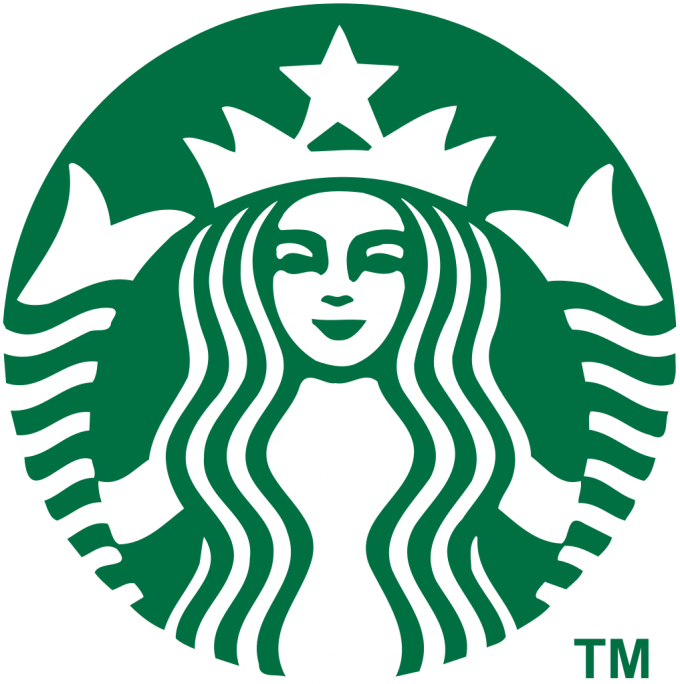You don’t have to be an avid follower of marketing strategies to know that branding is a big thing right now. It seems like everybody is talking about the need to be branded, ranging from huge companies building corporate identities to individuals that are looking to become more well-known in their specific area of expertise. This idea of having or being a brand isn’t something that’s appeared out of thin air (it’s been around for ages), but understanding the importance of branding is relatively new. As such, you’re probably noticing all the little branding touches for the first time and how it all works.

What is Branding?
For a start, let’s look at exactly what is branding. Whether you know it or not, you do have a brand. Basically, it’s a question of perception. Your identity is how you see yourself, but your brand is how others see you. If you’ve got a business, then the ideal situation would be that your brand and identity are exactly the same. However, that’s not often the case and that’s where the act of branding comes into play.
What most people imagine as the outward face of branding is the attempt to remove the disconnection between a person or company’s brand and identity. Why is it important? Because you want others to know who you are, what you do, and what you value. Every piece of branding contributes to that understanding and brings your brand and identity closer together.
The Logo

The most obvious form of branding that most people encounter on a daily basis is the logo. Essentially, a logo creates a visual image for a company. Imagine Starbucks as a company and what do you see? It is it a smiling barista, a steaming hot cup of coffee, or the familiar green and white logo that’s present on every store and every product that the famed coffee shop sends out the door? If you’re like most people, then it’s the last option.
Reaching Out
More than just a logo, branding also involves spreading a company’s products or services out to potential customers. In the online world, this could be done in a number of different ways. An online real estate company may build a comprehensive website or publish a guide of how to buy a house that explains the ins and outs of the process to those who have never purchased a home before. As such, they would be identifying their target demographic and sending the message that their role as a company is to help these customers through complicated home-buying ordeal.
Real Life Integration
Even with online branding, there is often a need to bring in a “real life” aspect. For many companies, this is done with a variety of promotions, live events, products, or actions that are able to touch customers (both existing and potential) during their time away from the Internet. Having a real and branding effort away from the Internet gives online companies recognition and a more tangible concept with which to reach customers. The online behemoth amazon.com may not have a retail store, but countless people know the feeling of receiving the standard brown package (a simple but iconic customized box) that has become a trademark of the company.
Bringing It All Together
The trick (although it’s not really a trick – it’s just being honest) is bringing all of these branding elements together to make a complete package. Those that do it right have a consistency of vision that’s present in everything they do. A complete branding package should send a clear message of what a company is about, from their mission statement to the goods and services they provide. Unfortunately, there are few that achieve this level of branding, but Starbucks and Amazon are two examples of those that do.
When they work well, these branding elements build consumer trust and loyalty as well as accurately bridging the gap between brand and identity. While it may be a long and hard road to go from zero to a complete branding package, the proven results are unbelievable. There’s a reason why those that get it right are thought to be the best, regardless of what industry they are in.